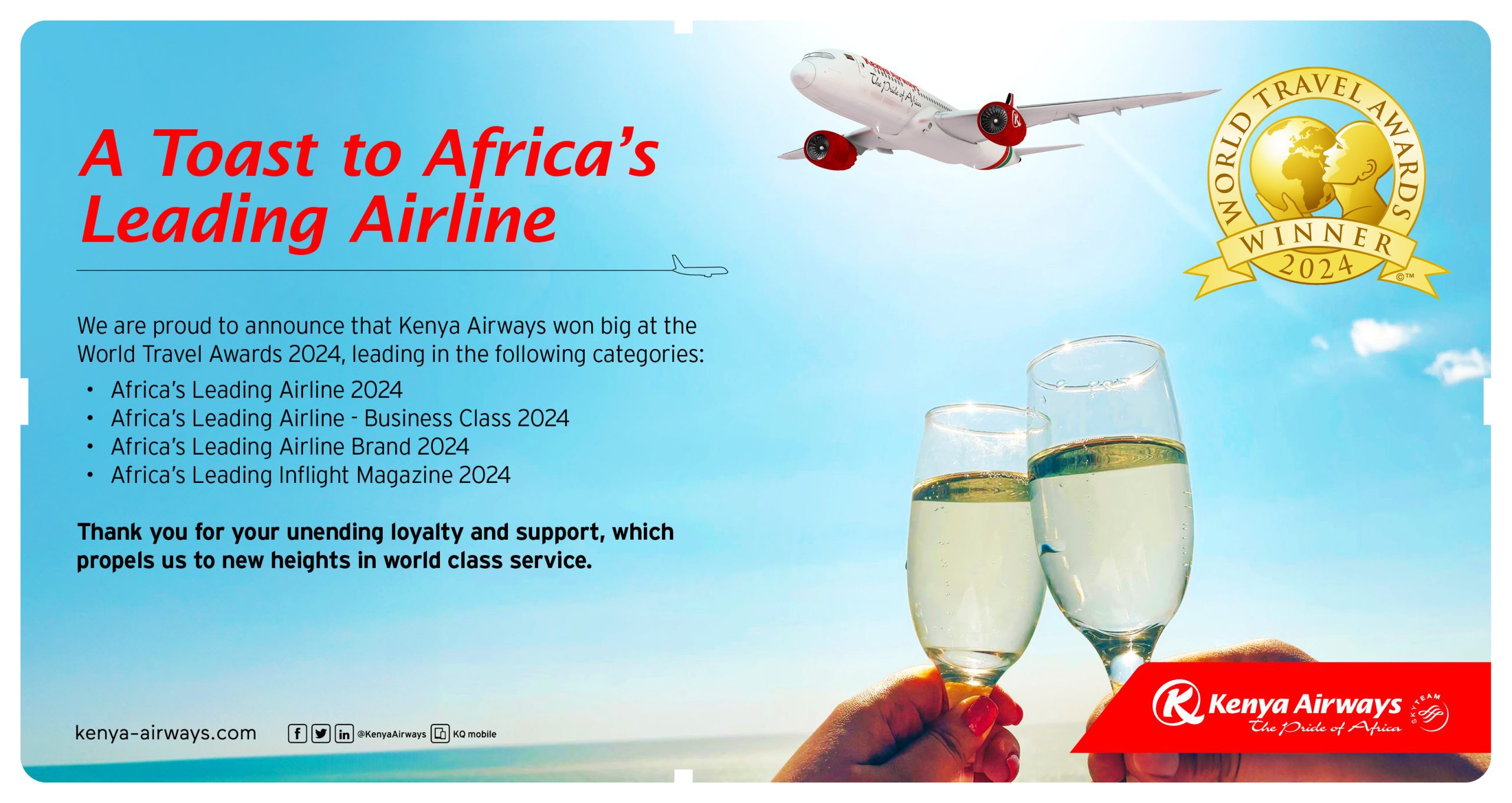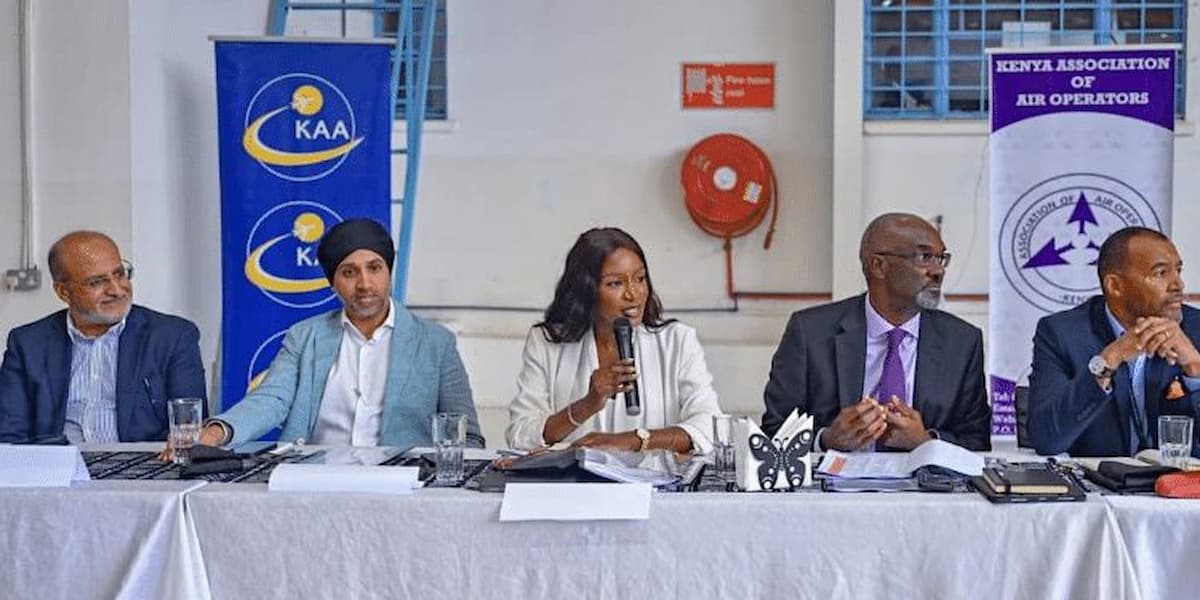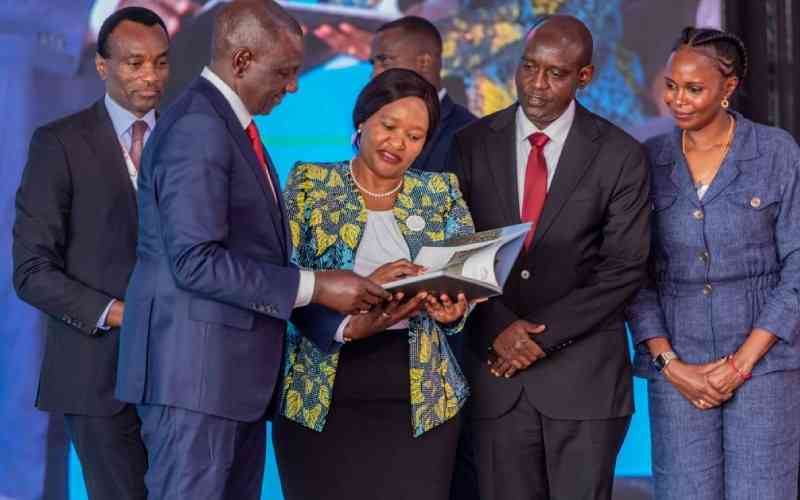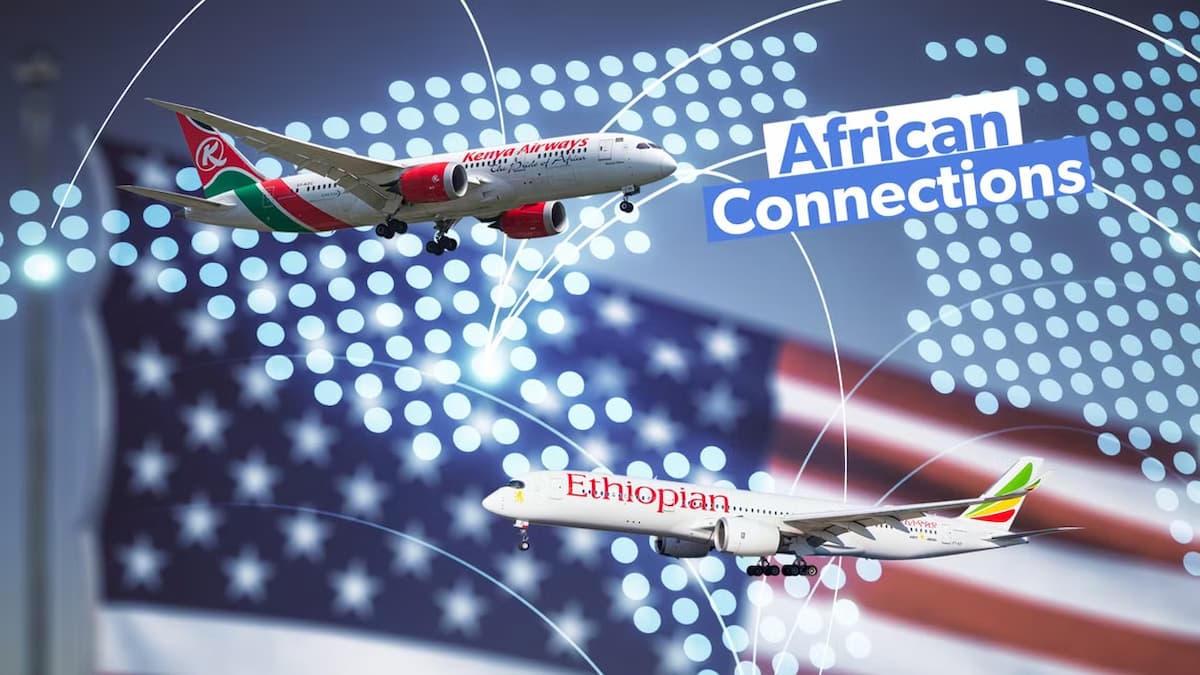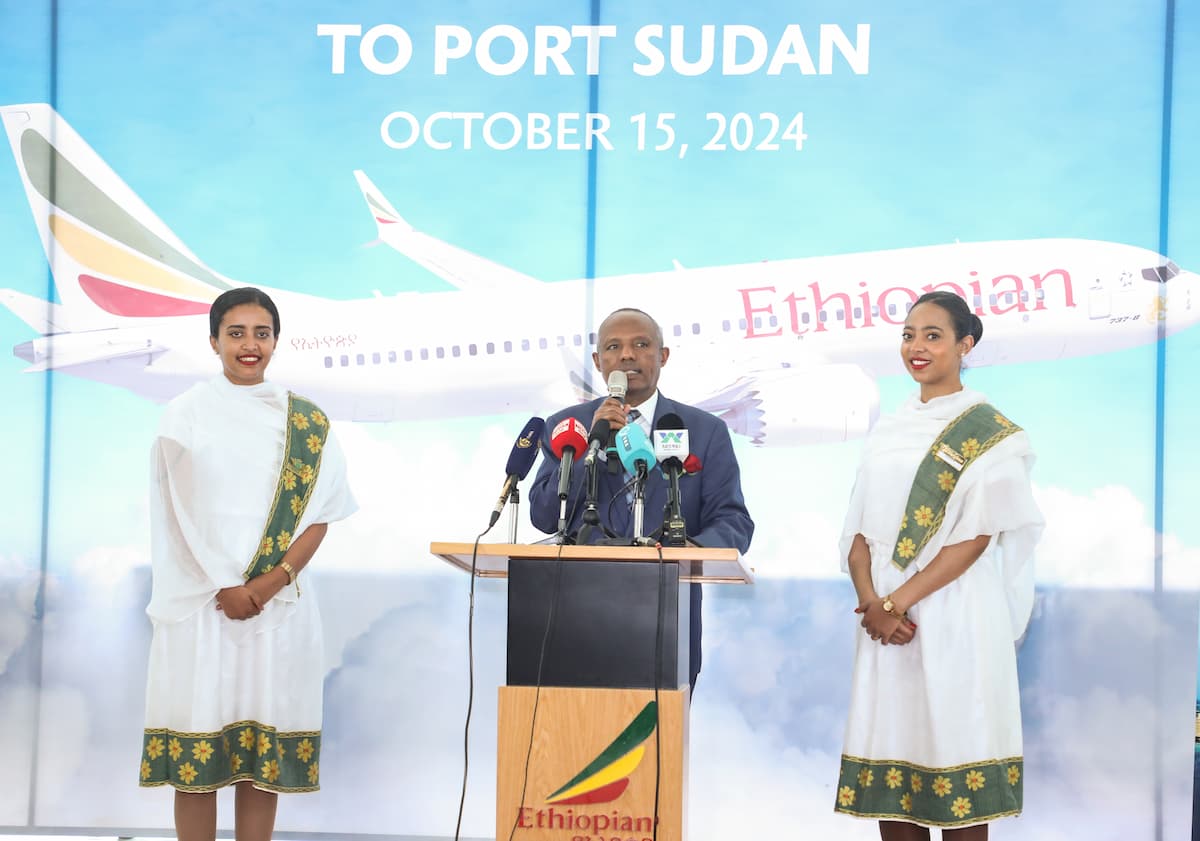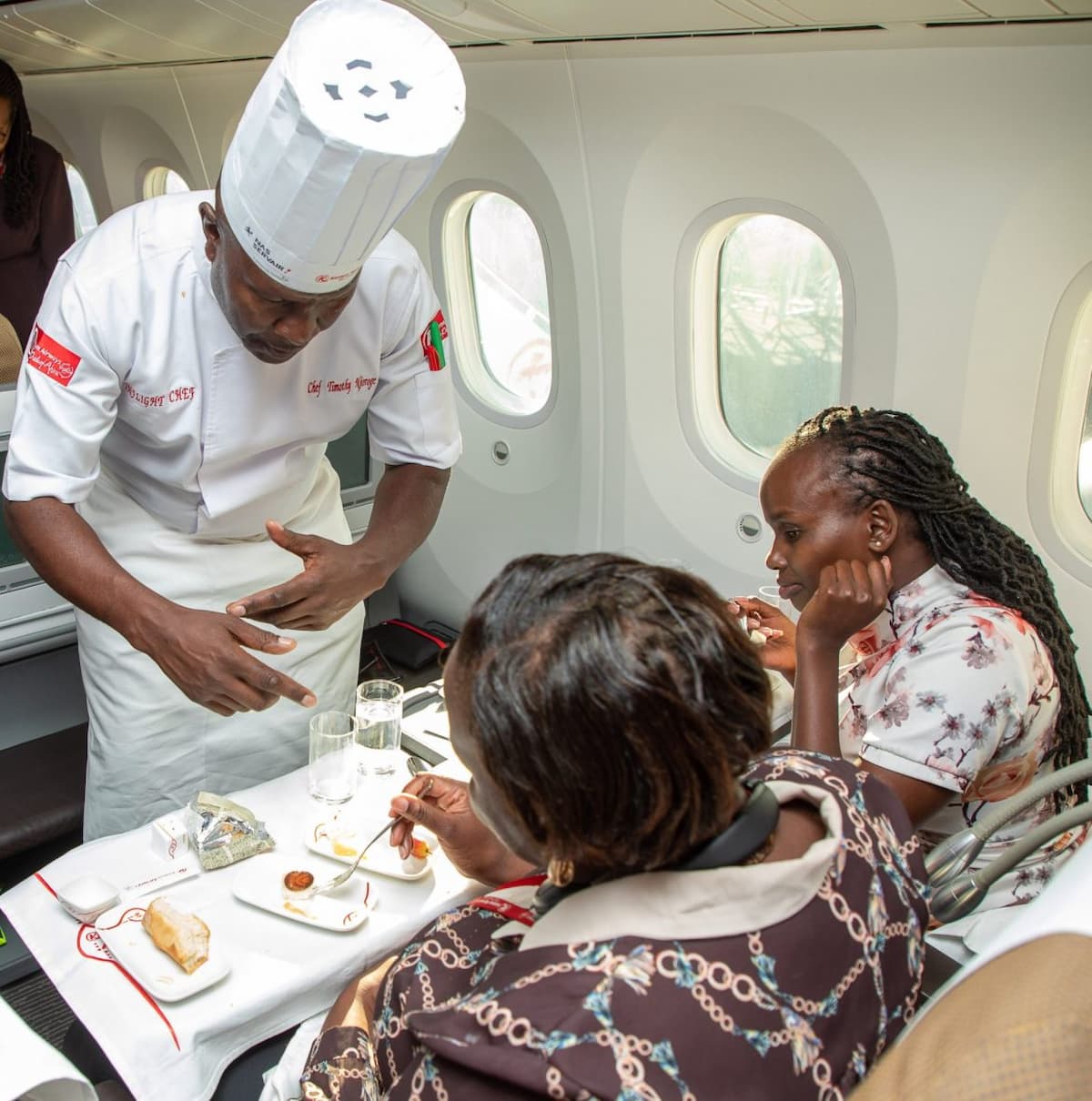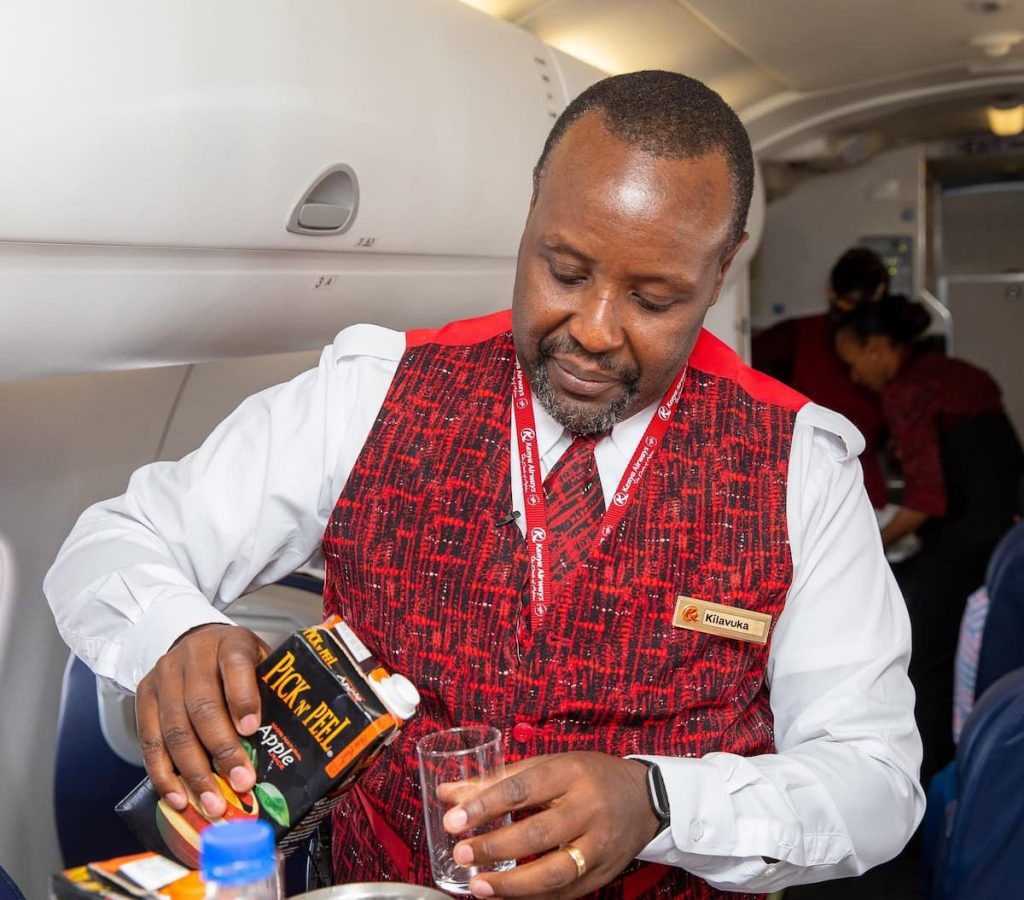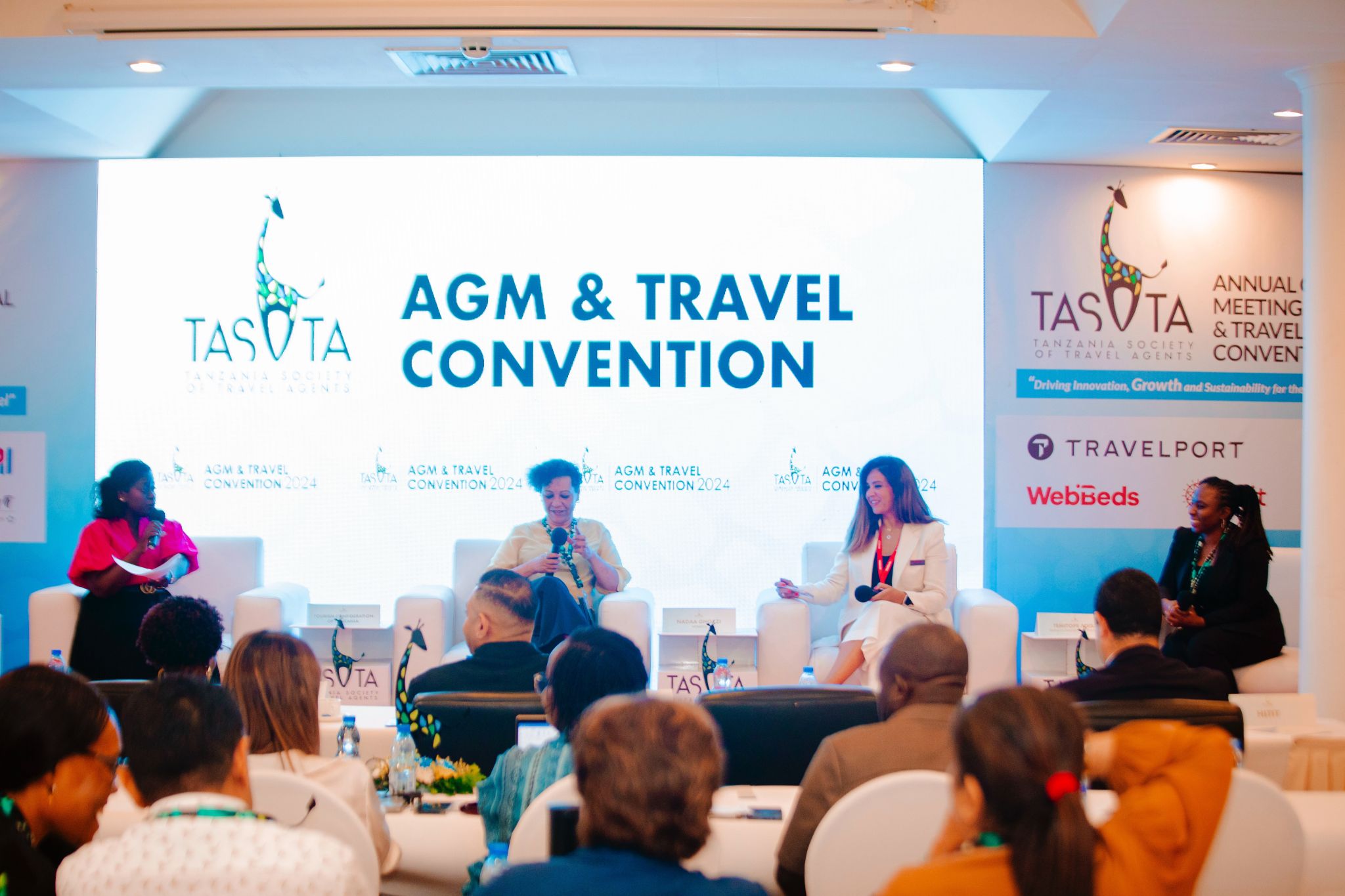Strategic partnership is aligned with the goals of the Dubai Economic Agenda, D33, to increase economic productivity by 50% through innovation and digital adoption. Signed at GITEX Global, the agreement will further facilitate access to finance and payment solutions for SMEs and fintech companies.
Dubai, United Arab Emirates: Dubai Department of Economy and Tourism (DET) has signed a strategic agreement with Network International, a leading enabler of digital commerce in the Middle East and Africa, to enhance Dubai’s digital economy and support the growth of small and medium-sized enterprises (SMEs), and fintech companies in the emirate.
Signed at GITEX Global 2024, the partnership will boost the digital payment infrastructure in Dubai and facilitate business access to finance and payment solutions, and is aligned with the goals of the Dubai Economic Agenda, D33, to double the size of Dubai’s economy by 2033 and to increase economic productivity by 50% through innovation and digital adoption. The agreement will also support the key D33 objectives to further consolidate Dubai’s position as a leading global city for business and leisure, and to make Dubai the fastest growing and most attractive global business hub for multinational corporations (MNCs), SMEs and Emirati entrepreneurs.
In the presence of H.E. Helal Saeed Almarri, Director General of DET, and Nandan Mer, Group CEO of Network International, the memorandum of understanding (MOU) was signed by Hadi Badri, CEO of Dubai Economic Development Corporation (DEDC), the economic development arm of DET, and Jamal Al Nassai, Group Managing Director for Merchant Services – Middle East and North Africa (MENA) at Network International.
Collaboration to Empower SMEs
With SMEs and fintech firms widely recognised as driving forces behind Dubai’s continued economic growth, both DET and Network International will pool their expertise and resources to launch initiatives designed to boost SME access to capital and cutting-edge financial technologies. This will include tailored loan programmes or grants, designed in collaboration with financial institutions, to support business expansion and innovation. They will also collaborate to provide digital payment solutions and offerings for micro- and start-up businesses at preferential rates. Advanced digital payment systems and e-commerce platforms will also be developed to empower Dubai-based SMEs to expand their market reach, both domestically and internationally, and increase their competitiveness and potential for growth. These programmed will be further supported by preferential payment solutions designed to ease the financial burden on emerging businesses.
DET and Network International will also collaborate to create a fintech start-up ecosystem, providing the necessary support, including market and customer access, mentorship and the facilitation of seed and growth capital through a public-private partnership model. Additionally, DET and Network International will explore the development of a fintech solution for micro-lending that leverages data from POS transactions and banking information, aiming to streamline customer onboarding and enhance credit risk assessment for SMEs.
Hadi Badri, CEO of Dubai Economic Development Corporation (DEDC), remarked: “This partnership with Network International exemplifies our dedication to equipping SMEs with essential resources for growth, thereby contributing significantly to the ambitious objectives outlined in the Dubai Economic Agenda, D33. By facilitating access to finance and payment solutions, we are not only empowering SMEs but also ensuring that Dubai remains at the forefront of digital innovation. Under the visionary guidance of our city’s leadership, this collaboration underscores our commitment to fostering a business environment rooted in innovation, sustainability, and global scalability. In an increasingly digitalized global marketplace, SMEs can trust that Dubai provides the comprehensive, cutting-edge solutions necessary for success.”
Jamal Al Nassai, Group Managing Director for Merchant Services – Middle East and North Africa (MENA) at Network International, said, “SMEs are the backbone of the UAE economy, driving innovation and growth across all sectors. Through our strategic partnership with the Dubai Department of Economy and Tourism, we are proud to support the government’s vision of empowering SMEs by providing our cutting-edge payment solutions and value-added services including swift access to capital at competitive rates, enabling them to thrive in today’s dynamic market. By leveraging our expertise in digital payments innovation, we aim to create an ecosystem that not only facilitates easier access to financial resources but also enhances the overall business environment for SMEs. This collaboration underscores our commitment to fostering economic growth, supporting the D33 Agenda and reinforcing the UAE’s position as a global hub for entrepreneurship and innovation.”
To stimulate innovation and attract talent to emerging industry sectors, DET and Network International will work in conjunction with government bodies to simplify the regulatory procedures for SMEs. This will encompass providing support and counsel for adherence to both local and global trade regulations, thereby ensuring that SMEs can operate with efficiency and effectiveness. The partnership will also involve integrating backend systems, including the Dubai Unified License platform, to create a comprehensive data repository. This will facilitate the analysis of sales patterns and spending trends, providing invaluable insights for SMEs.
The MoU is a pivotal step in accelerating the digitalization of Dubai’s economy, bringing enhanced efficiencies and opportunities to the vital SME sector. Through this partnership, DET and Network International aim to further empower SMEs by providing access to advanced digital tools and payment solutions that streamline operations, reduce costs, and create new pathways for growth. By enabling more efficient, data-driven business practices, this collaboration will ensure that Dubai’s SMEs continue to thrive as a key contributor to the city’s economic progress and global competitiveness.
Source: Zawya

